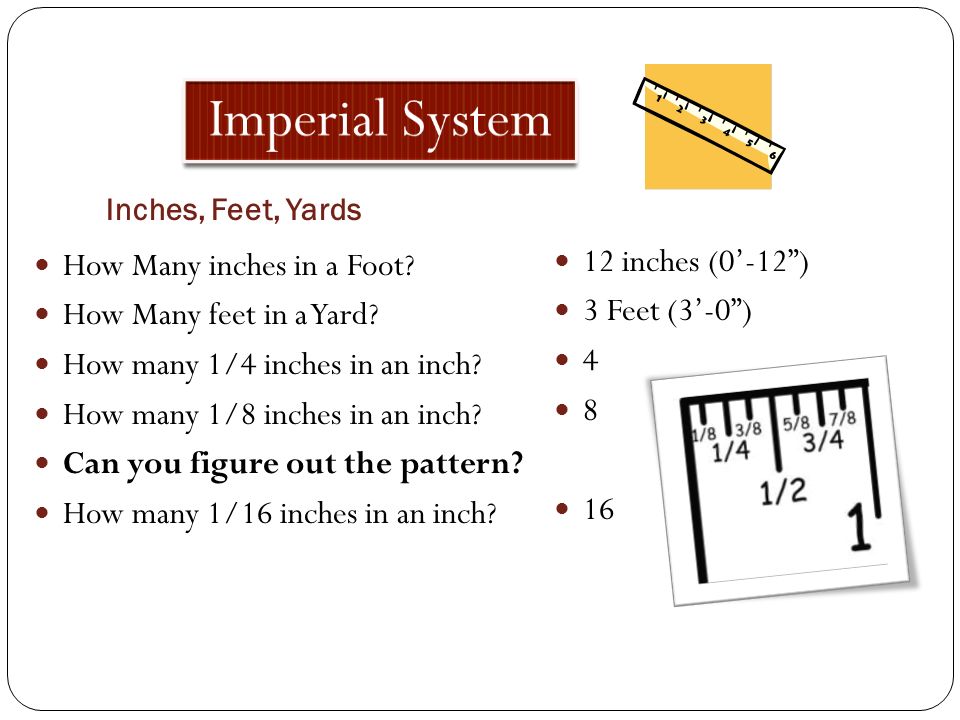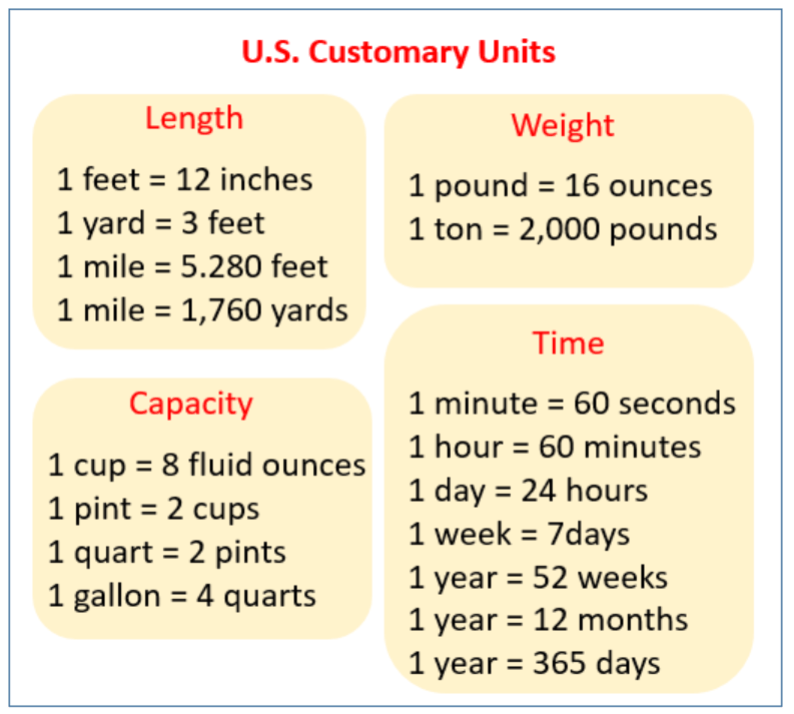Especially in countries that still use the imperial system such as United States, one of the inevitable questions in understanding distances is “how many feet are there a mile?”. This question is pertinent for a number of everyday tasks, from knowing what road signs mean to being able to make choices about how much exercise you do. This post will discuss how many feet in a mile, where this measurement comes from, and use examples to give you an idea of what the information is useful for.
Understanding the Mile
Mile — This is a distance unit typically used in the United States, the United Kingdom and maybe 2 or more other countries… It belongs to the imperial system of measurements that also includes inches, feet and yards. The mile is also the unit of length which, long ago and for a very brief period (13th–14th centuries), was used in English-speaking territories as part of the system that became resented by many with news.
The Exact Measurement
So then, 1 mile is just equal to 5,280 feet in the imperial system. This exact number had great importance for precise measurements and it comes up in diverse fields, both building roads to the resolution of athletic times.

Origins of the Mile
Miles have a long history, stretching back to the dawn of ancient civilizations. Mile: The word mile comes from the Latin millesimum meaning a thousand. The Roman mile, of course originally defined as a thousand paces (a pace being 5 Roman feet or about 1.48 m), measured on the flat — hence how they could have gotten this so wrong with their planes and spherical geodetic measure but that is an aside given recent events perhaps not completely without relevance to our immediate concerns. The mile has become standardized over time — and is currently designated as 5,280 feet in the British imperial system.
The reason 5,280 properties as a somewhat odd number in feet is because the mile was actually defined in terms of furlongs — which for agrarian reasons made sense. As a reminder, furlongs are 660 feet in length and there were eight of these.
When You Can Find the Use of Feet in a Mile?
The number of feet in a mile, which seems rather random and unimportant to many people that has very real uses out there. Here are some examples:
1. Running and Walking
This is the reason why learning how to convert miles and feet it can be very helpful for athletes or sports fanatics when they calculate vast distances. As an example, if you are training for a marathon and gaining the knowledge that there is 26.
2. Mapping and Navigation
Maps and GPS software often display distances in miles. Converting these distances in feet helps you know just how long the path will be, which is useful for small sections of a route.
3. Construction and Measuring of Land
At 7.5 x feet, the unit of ‘feet’ is one used in both construction and land surveying real estate for measuring distances. The transformation to miles may make large projects or properties more tangible.

Fun Facts and Comparisons
For reference on how far a mile is: from fun topter 10 lists
The Empire State Building (1,454 feet) in New York City. You could only stack up just under 4 of them in order to make a full mile.
Every standard American football field, including end zones is 360 feet long. A mile is the length of 14.67 football fields lined up end to end
Number of Steps in a Mile: With an average stride, the type that would make good pedometers for you to buy. 2.5 Feet Per Step × 12 Inches = 30¾ Inhes Long; with Number steps per mile being, lets do this hole math bit! Walk 2,171 steps and you have yourself a mile.
Common Conversions
While knowing feet in a mile is a good place to start you may need more than that if we are converting other distances. Quick conversions. × Here are some quick conversions:
1 mile = 5,280 feet
1 mile = 1,760 yards
1 mile = 63,360 inches
1 mile = 1.609 kilometers
It is most especially beneficial when you have a need to convert values between various type of measurements (for travelling around the world or translating scientific data.)
Why It Matters
There is more to knowing that 5,280 feet equals a mile than just learning the number in school; it’s history, labor on one hand and everyday life at its other. This knowledge affects a range of things you do every day whether you’re running around the track, taking a road trip or doing some work on site.
Conclusion
The mile is such a basic unit of measure in the imperial system that life would be much harder if you did not know what 5,280 feet long was equal to. Whether you’re in sports, navigation or construction etc., this knowledge will guarantee that your measurements are accurate and useful.
Once you have mastered this fundamental method, tasks that involve working with distances — for example planning out your upcoming run or determining how long it will take to get from one place to another — then become more manageable. After you pass a mile marker on the side of the highway, or run for 8 laps around a standard high school track, you’ll be able to know exactly what that distance represents: it’s 5,280 ft (1609.344 m) every time!




Pingback: Open House Perth.net Latest News: What You Need to Know - Scareplay